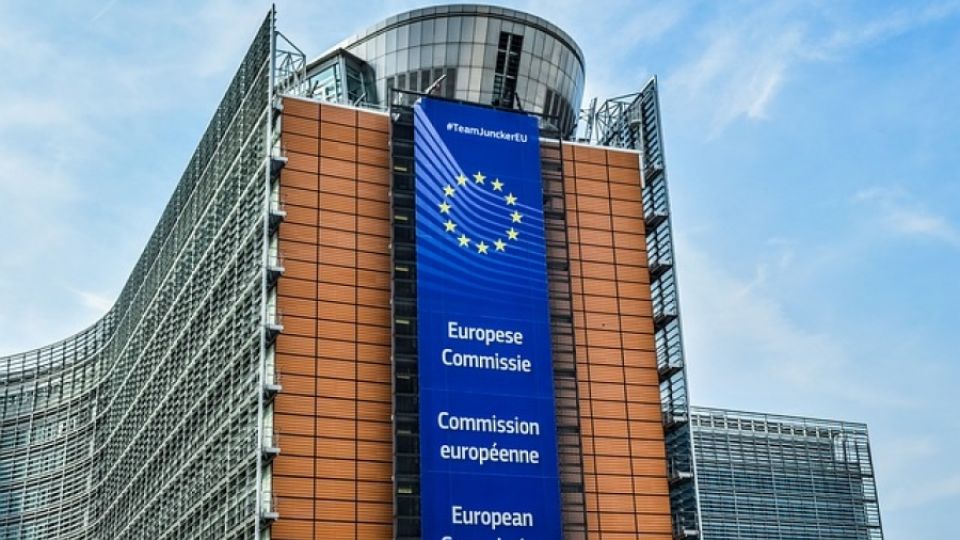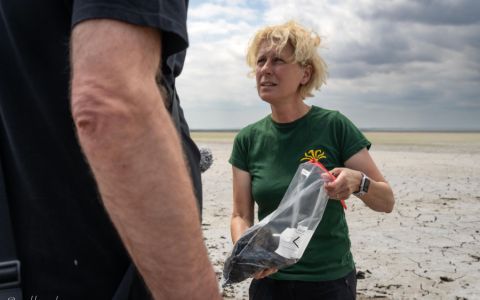Seven health and environmental groups including Arnika, IPEN and the global NGOs network have been appealed to the European Commissioner Karmen Vella. Signatories call to adopt strict and protective limits for PBDEs in articles and waste into the existing POPs Regulation, the EU will comply with its obligations stemming from the Stockholm Convention. In the letter, the organizations provide additional arguments that the former Commissioner claims.
The prime appeal from the EU Environment Ministers and members of the EU Parliament and Commission expressed concerns about toxic recycling in the European market and toxic chemicals have been found in children's toys several times already.
Today's European Parliament will vote on the EU POPs Regulation, which will allow for continued use of toxic flame retardants.
Response to the reply by the European Commissioner Karmen Vella on the EU Recast Regulation on Persistent Organic Pollutants (Recast Regulation (EC) No 850/2004) of April 4
April 18
Dear Mr. Commissioner Vella,
Thank you for your April 4th letter in which you explain the European rationale behind the concentration limit for the POP-PBDEs in articles and the limit in wastes. We appreciate you taking the time to answer our concerns. We would like to further explain our rationale and provide the EU with the opportunity to advance to the Stockholm Convention implementation at the upcoming ninth conference of the parties.
500 mg/kg as an unintentional trace of contaminant levels in articles
In your response, you have the 500 mg/kg limit value for PBDEs in articles and the unintentional trace contaminant level in accordance with Article 4 (1) ( b) of the Recast. You also have some other reasons for this value as a limitation in different PBDEs in large-scale measurements.
Our response:
The definition of unintentional trace contamination is "below the detection limit of existing detection methods to control and enforce."
The 500 mg/kg (ppm) concentration value of PBDEs (0.05% of weight of article) certainly does not constitute a “meaningful use,” as it cannot supply a flame retardant function. However, conventional lab methods (gas chromatography coupled with mass spectrometry) can measure PBDEs with a 0.5 – 2.5 ng/g (ppb) limit of detection. For this reason, the current value of 500 mg/kg (ppm) does not meet the definition of unintentional trace contamination.
In fact, the EU previously used 10 mg/kg (ppm) as the unintentional trace contaminant level for commercial pentaBDE and octaBDE in articles. Since the same analytic methods are used for detecting and quantifying decaBDE; as for pentaBDE and octaBDE, there is no reason to increase the limit value above 10 ppm for unintentional trace contaminants.
In practice, and according to our experience (data from Toxic Loophole report), the levels of PBDEs measured in recycled plastic products on the EU market are too high to be consistent with unintentional trace contaminants. Instead, the data indicates that PBDE levels in these products are the result of toxic recycling. This directly conflicts with the Stockholm Convention prohibition on the recycling of materials containing decaBDE. To comply with the Stockholm Convention, the sum limit for tetra-, penta-, hexa-, hepta, and decaBDE should be 10 ppm for decaBDE and other PBDE substances, giving the alternative of a maximum of 50 ppm for the sum of all POP-PBDEs.
The principal consequence of the PBDE recycling exemption in the Stockholm Convention is the contamination of products made of recycled plastic or foam with toxic chemicals. If the European Commission insists that only unintentional trace contamination of PBDEs in articles is allowed, then the European Union (EU) should publicly withdraw its registration for the recycling of PBDEs (tetraBDE, pentaBDE, hexaBDE, and heptaBDE) at the upcoming ninth conference of the parties of the Stockholm Convention.
We note that only seven parties are registered for these recycling exemptions. Japan withdrew their recycling exemptions for the recycling automobile shredder to refuse paper and plastic fuel, and the recycling automobile shredder residues to sound-proof products. We are also aware that Czechia, Iran, and Vietnam no longer have recycling exemptions for TetraBDE and PentaBDE as of 2014-2015 and Czechia and Iran also no longer have recycling exemptions for HexaBDE and HeptaBDE as of 2014-2015 Follow Suit at COP9.
We also note that technical solutions exist for the separation of PBDE contaminated waste, including Creasolv , x-ray fluorescence devices, x-ray transmission devices, and even low-cost sink-float methods. Techniques for destruction of PBDEs as required under the Stockholm Convention include non-combustion techniques, such as super critical water oxidation (SCWO), gas phase chemical reduction, and high-energy ball milling.
1000 mg/kg as waste limit
This limit was established in Annex IV of the Recast. You pointed out that this limit value remains at the same level as the cumulative concentration limit specified in Annex IV to Regulation (EC) No 850/2004 for the four original POP-PBDEs, even though decaBDE is now covered by that limit value in the Recast.
Our response:
The original concentration limit of 1000 mg/kg (ppm) for the sum of the POPPBDEs (tetra-, penta-, hexa-, heptaBDE) was found in Annex IV of the Recast, and was inconsistent with the conclusions of the EU's own consultants. The EU consultants recommended two levels for each of the POPs. The preferred levels were lower levels (LPCL1). The recommended lower level for each of the PBDEs (tetra-, penta-, hexa- and heptaBDE) was 10 ppm. This meant the total LPCL of 50 ppm for mixtures of POP BDEs including decaBDE-- not 1000 mg/kg. In our view, the currently proposed limit of 1000 ppm for PBDEs should be strengthened to a science-based limitation of 50 ppm.
While we appreciate that these policies have revised clauses after two years, the data on PBDE contamination in EU consumer products should result in a revision to prevent further contamination and exposure. EU consumers should be able to purchase products made from recycled materials without having to worry that they contain substances that are globally banned due to their very harmful properties.
Thank you for considerating our views.
Sincerely,
Ms Jindřich Petrlik, Ms Arnika Ms Giulia Carlini, Center for International Environmental Law (CIEL)
Ms Tatiana Santos, European Environmental Bureau (EEB)
Ms Kistine Garcia,
Ms Ecologistas en Acción Ms Génon K. Jensen, HEAL
Ms Alexandra Caterbow , Health and Environment Justice Support (HEJSupport)
Ms Sasha Gabizon, Women Engage for Common Future (WECF)
Ms Pamela Miller and Dr. Tadesse Amera, International POPs Elimination Network (IPEN)







